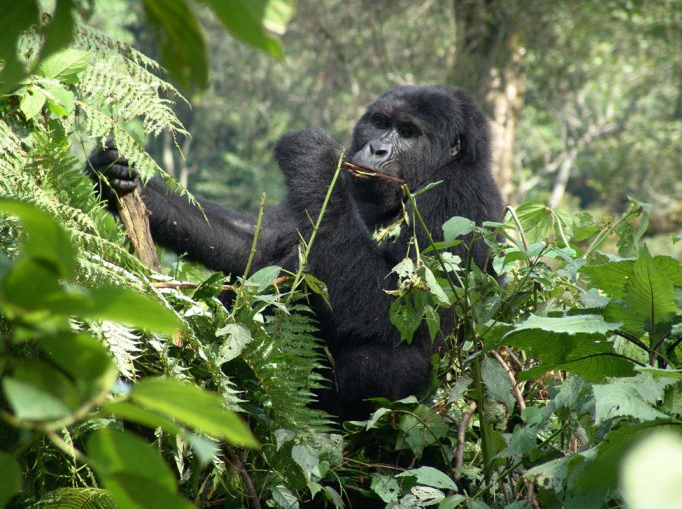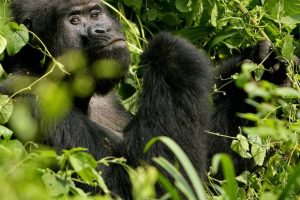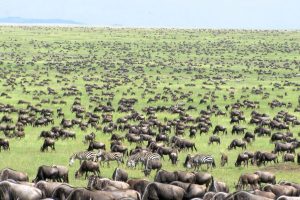Ecotourism is a form of tourism involving visiting fragile, pristine, and relatively undisturbed natural areas, intended as a low-impact and often small scale alternative to standard commercial (mass) tourism. Its purpose may be to educate the traveler, to provide funds for ecological conservation, to directly benefit the economic development and political empowerment of local communities, or to foster respect for different cultures and for human rights. Since the 1980s ecotourism has been considered a critical endeavor by environmentalists, so that future generations may experience destinations relatively untouched by human intervention.
Efforts to save mountain gorillas in Africa have been through challenging series looking back at the past forty years since gorilla conservation efforts started. Mountain gorillas in Africa can be traced in the Virunga volcano region of Eastern side of Africa, which is historically a region known for its series of incursions by rebel militias creating a very insecure atmosphere for the local people as well park rangers, who at least knew safe places to walk without fear of falling into traps and avoid land mine. The gorillas of course are wild animals that freely move around the jungle in search for foliage and bamboo for eating and end up falling into traps set my rebels.
Introduction of strict rules which must be observed by all tourists going to visit gorillas in Rwanda, Uganda and Congo. These rules were set to protect the endangered mountain gorilla species from threats like diseases from human beings like tuberculosis, diarrhea and influenza which a very deadly if they catch gorillas as gorillas have low immunity to human diseases.
Don’t participate in gorilla trekking tours when you are sick. If a tourist feels sick, report to the park offices and will receive refund for your gorilla permit or reschedule. While with the gorillas and you need to sneeze, blow your nose or cough; do it away from the gorillas. They are very susceptible to human diseases. A distance of 5-7 meters is strictly maintained between visitors and the gorillas. This is to protect the gorillas and visitors.
Only a group of 8 people are allowed to visit a single gorilla family for just one hour so as not to exhaust the gorillas. No eating, drinking in the presence of gorillas and importantly no littering in the gorilla habitant. All national park land has been demarcated and protected from encroachment by locals. With the introduction of profit sharing from mountain gorilla tourism, protecting gorillas is a communal responsibility where locales don’t violate gorilla habitant.
In conclusion, with current the progressive increase in gorilla population numbers with reference to the most recent on-going gorilla census in the Virunga region and Bwindi forest national park, one would agree that, the history of gorilla tourism as leant something and forgot nothing from the effort to protect the apes.






